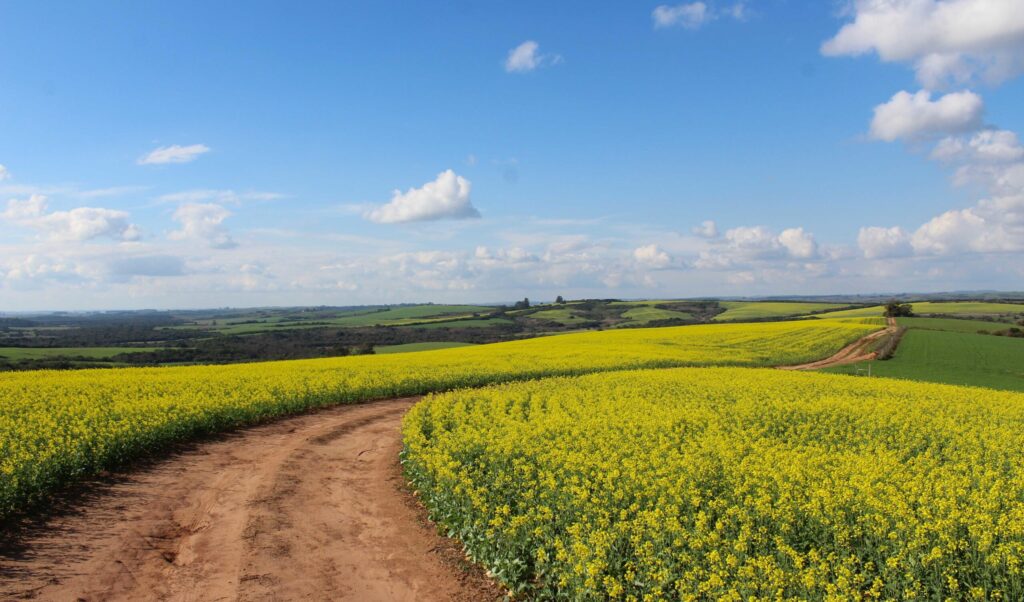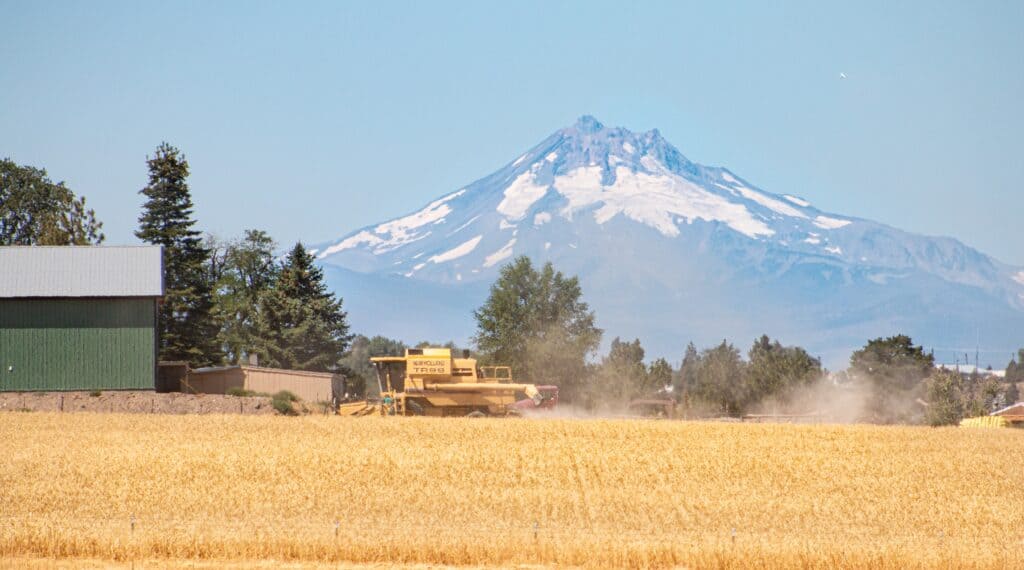It may seem obvious, but the first step in protecting data is knowing where it is. Data is created in many forms, from emails and documents to process logs and sensor information. As farmers and ranchers become more reliant on digitized data, they become more vulnerable to cyberattacks. The size of your operation is irrelevant, as hackers often infiltrate smaller operations to reach their larger objective. The Target hack is an example where hackers broke in via an HVAC client company, using a phishing email to install malware.
Therefore, it is essential to know where data resides. For many, hard drives on desktops are common. However, network storage, servers, portable devices (such as smartphones, laptops, and tablets), and IoT (Internet of Things) devices are all possible.
IoT devices and sensors are perhaps the most dangerous and need protection, as compromising one of these can allow access to the entire network and the data stored on it. In smart farming or precision agriculture, the rancher or farmer must understand the path data travels, whether it involves RFID tags, automated milking machines, soil sensors, GPS monitoring of crop growth using drones, or any other agricultural activity or process, including those in the entire supply chain.
Some data may reside in the cloud. If so, how does your cloud service provider manage your data? Perhaps other third parties have access to data for analysis and visualization?




